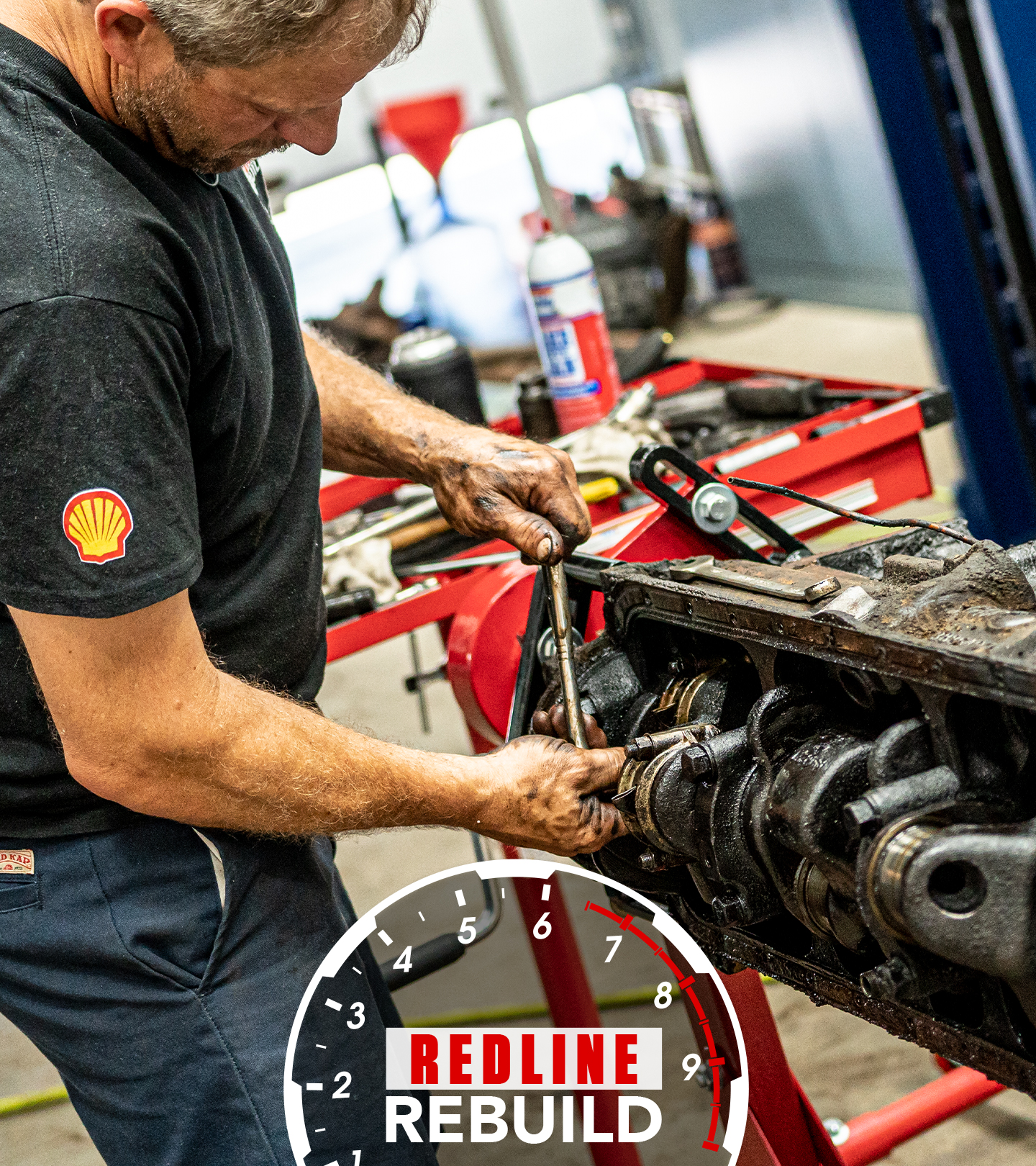Prepping an engine block for the machine shop | DIY - Hagerty Media
Even the diehard DIYer rarely has access to their own machine shop where they can fully dress and deck an engine block. If you are undertaking an engine rebuild, you will mostly likely be outsourcing these tasks. To make both yours and your machinist’s lives easier, Davin is here with a few tips in this week’s DIY episode.
Tearing down an engine happens faster than most expect, and you may be left staring at a bare engine block and wondering, “Now what?” The answer comes in a few parts.
Clean
Even if cleaning the block is on the machine shop’s to-do list, spend some of your own elbow grease to remove as much grease and debris as possible before dropping it off. This helps in two ways: It gives you an opportunity for visual inspection and keeps you on the good side of your machinist.
Remove casting flash
Davin admits this step is a bit overkill, but using a die grinder to remove the rough edges in places like the lifter valley or oil drain-back holes is a nice touch. This step smooths the oil flow path from the top of the engine back to the oil pan, and that is never a bad thing. It also keeps those flashing pieces from breaking free and causing havoc inside the engine. Removing larger chunks on the outside of the block is a purely aesthetic choice, but who doesn’t appreciate a tidied-up engine?
Know your overbore
Measure the bore of your engine, and research the stock bore as well. This information allows you to find the next proper size overbore to get the correct pistons and rings on order. At minimum, you’ll be prepared for that discussion with your machine shop. As Davin points out, all this preparation is designed to equip you with the right information so that you can understand the recommendations or suggestions that the shop might give.
Lay out your plan
Your machinist will have more than a couple questions when you drop off the parts, and if you don’t know what your goals are for the finished engine, you’ll have a hard time answering them. Put a lot of thought into what you want the engine to be and how the powerplant fits into the grand scheme of your project. With that information, you and the machinist can prepare the block to satisfy your power and reliability goals.
Prepare for the worst
That said, even the best-laid plans can fall apart. Things break, goals change, measurements reveal new and not always happy information. Keep this in the back of your mind, and you will be better prepared for when—not if—reality diverges from expectation.
There is much more to the process of machining an engine block, but these starter tips will be useful to just about anyone who is about to undertake the process. Of course, Davin has more tips on the way for all kinds of projects, so be sure to subscribe to Hagerty’s YouTube channel to never miss a new DIY video.










